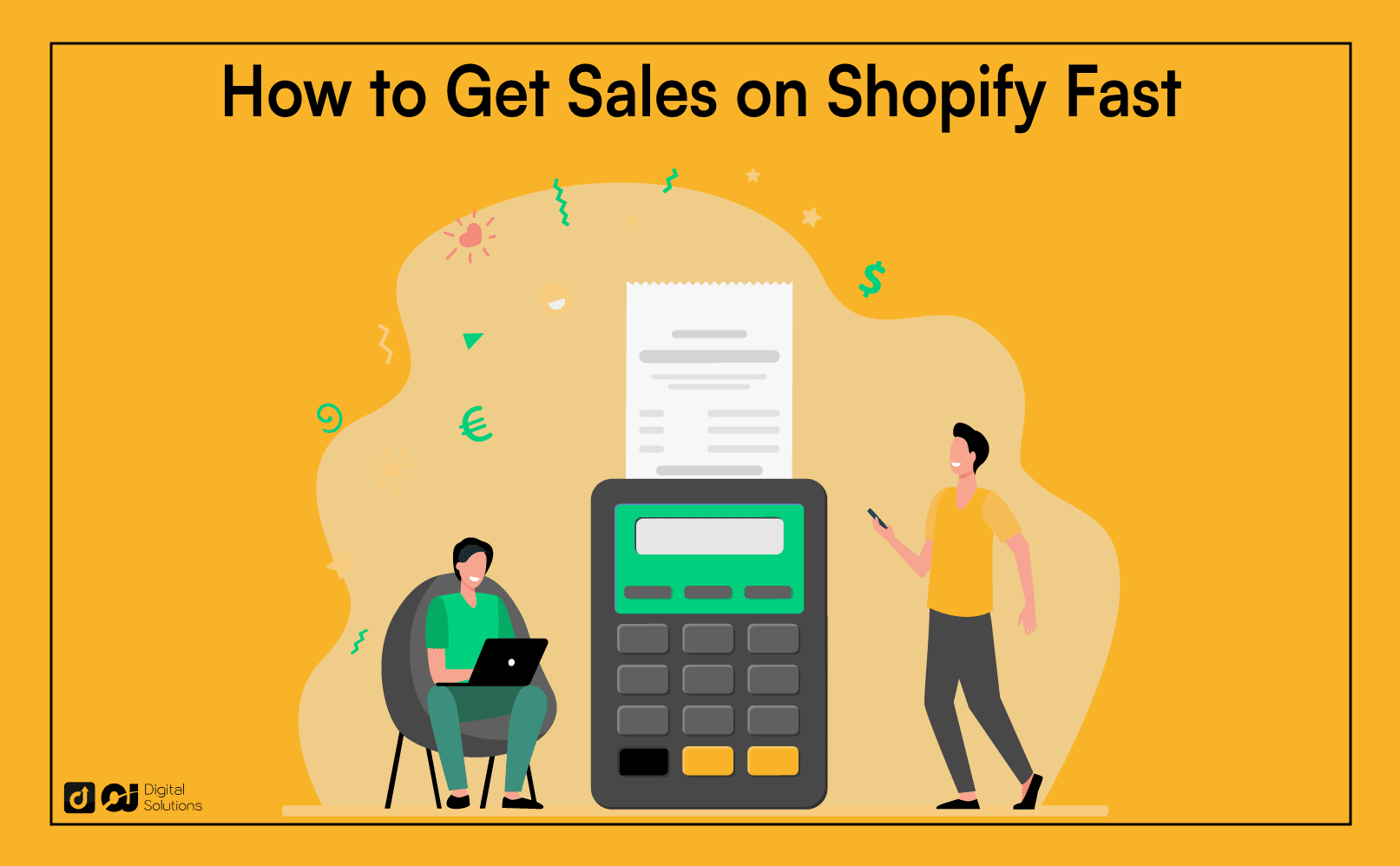There’s no question that what Shopify store owners want most is to boost their sales.
The platform is only getting more crowded and competitive, so Shopify sellers must use the most effective strategies to stand out and grow their businesses.
If you want to know how to get sales on Shopify and grow your Shopify store, you’re in luck.
In this article, I’ll share the top 21 easy yet impactful strategies to help you boost sales quickly.
Reasons Why You’re Not Getting Sales on Shopify
Before learning how to increase sales on Shopify, it helps to first identify what’s hindering your sales growth in the first place. After all, you can’t fix what you don’t know.
Over the years, I’ve noticed many reasons online store sales might slump. These are the most common reasons.
Lack of Trust

Let’s face it. Starting an online business is relatively easy, but gaining people’s trust can be much more challenging.
You’re a faceless entity that people don’t know, so gaining loyal customers could be difficult online.
If you face this problem, you’ll likely have a lot of traffic but only a few conversions. People could stop at the checkout page and never put in a payment.
Here are some ways to make your store more trustworthy:
- Add an About Us page to tell your brand’s story.
- Add content to build relationships with customers.
- Display security badges.
- Highlight an excellent return policy.
- Answer inquiries quickly.
- Provide detailed product information.
Low Traffic

If people aren’t coming to your store, don’t expect your sales to increase. Even if you have a conversion rate of 10%, you’ll only end up with one sale if ten people visit your online store.
The best strategy to boost sales on Shopify is to increase your traffic. The more people come to your website, the more likely you can convert website traffic into sales.
More traffic equals more potential customers ready to pick up your excellent products. That’s only if your products look attractive to them, which leads us to the next point.
Your Offer Isn’t Compelling
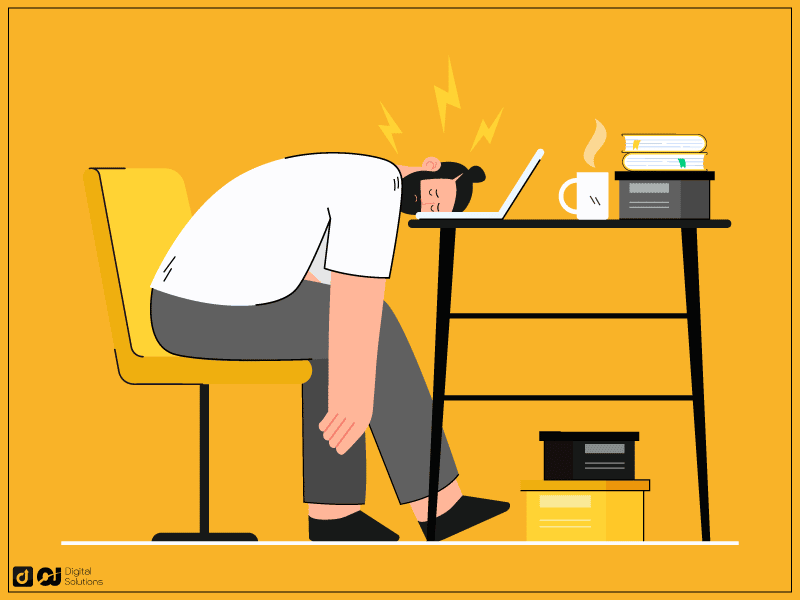
It doesn’t matter how perfect your product is if you don’t know how to tell people just how awesome they are.
Sales and marketing depend immensely on your ability to package and communicate your product’s value to potential customers.
To make your offer compelling, you’ll need to build a brand people naturally want to associate with. This involves creating an identity that attracts people to your brand.
Compelling brands master great visuals, copywriting, and storytelling. These are strategies I’ll discuss in much greater detail later.
So, take your products and tell the world how awesome they are. Do that, and you will have a successful ecommerce business.
Your Store Experience Isn’t Optimal

Maybe you have excellent products, but people find it hard to buy products from your store. You might have heard customer complaints like:
- A complex and tedious checkout experience
- Slow-loading website
- Poor quality photos
- No email instructions
- No shipping updates
- Not enough payment options
User experience plays a crucial role in generating seamless sales for your business.
Your goal should be to lessen the number of aspiring buyers who drop out of your store because it is hard to complete a purchase.
You’re Selling to the Wrong Crowd

Lastly, your store could struggle with low sales if you market your products to the wrong crowd.
Effective sales and marketing start with knowing who you want to sell to on Shopify. And the worst answer you can give to a statement like that is, “Everyone is our target market!”
Let’s face it—you can’t please everyone.
So, you need to narrow down who you want to sell to and find ways to effectively reach those people.
That involves understanding where they usually hang out online, what messages draw them in, and how you can convince them that your product is worth their while.
How to Get Sales on Shopify
Now that you know the main reasons your Shopify store might not be getting sales, let’s discuss the best strategies to increase sales on Shopify.
Have an Awesome Product.
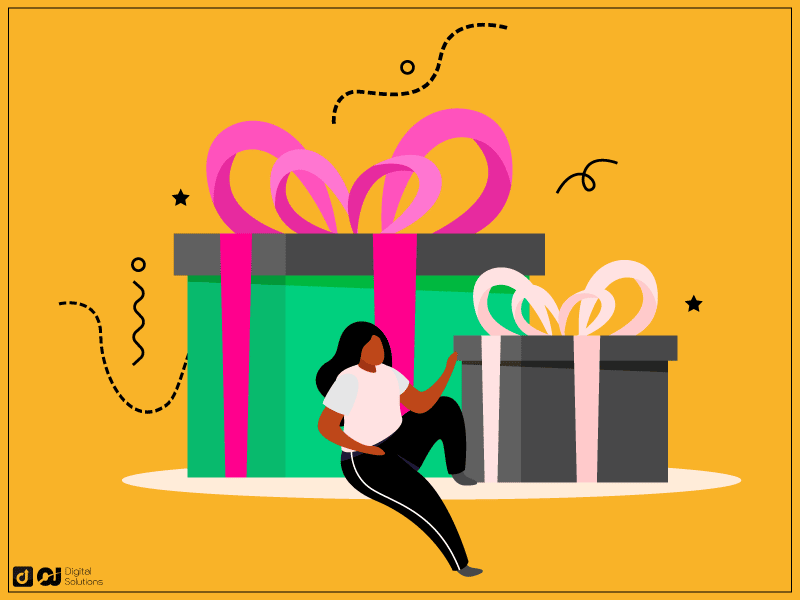
The best tip to boost sales on Shopify is to ensure you have a quality product. You can have great deals and marketing tactics and still fall short if your product doesn’t wow people.
Whether you’re selling products you create yourself or reselling someone else’s product, your first goal should be to ensure its value for the customer.
Let’s say your online store sells products you make yourself. These can include artwork, t-shirts, home decoration products, and other items. No matter what it is, your product should show the following:
- It solves your customer’s problems.
- It has impeccable quality.
- It has great design or aesthetics.
- It is easy to use or consume.
You’re off to a good start if your product has most or all of these qualities. If it doesn’t, continue improving your product until it’s something people will perceive as valuable.
Don’t worry if your product doesn’t have a “wow” factor immediately. Remember that Thomas Edison created thousands of iterations of the light bulb before he produced a successful outcome.
Get feedback from family and friends when you create early product prototypes and keep improving them.
If you don’t intend to create a product yourself, you can resell a product via online dropshipping or retailing. In this case, your priority should be finding products people want.
Nevertheless, even with reselling, your product should still have the same qualities I mentioned in the list above.
Highlight Your Product’s Unique Selling Points.

A unique selling point (USP) is a feature or quality that sets your Shopify store, product, or brand apart from what others are selling.
Every business should have a USP and should find ways to highlight it.
Highlighting a USP is a highly effective way to stand out from the sea of competition, attract customers, and differentiate your offering from others in the market.
To highlight a USP, you should first identify what sets your brand or product apart from others.
Play up a unique feature, superior quality, or any exceptional benefit people get from your products, brand, or online store.
If you’re reselling a product that other shops offer, try to find other ways to differentiate. You can white-label your product or add a personal touch to your packaging or customer service.
You can use advertising, marketing channels, or other promotional platforms to highlight your unique selling points.
One last important piece of advice is to never make low prices your only selling point. If you do, you’ll always be in a constant price war with your competition.
This will eat into your profits and challenge your business’ sustainability.
Instead, think of unique ways that your store, brand, or products can add value to customers in a manner other online stores cannot.
Pick an Undersaturated Niche.
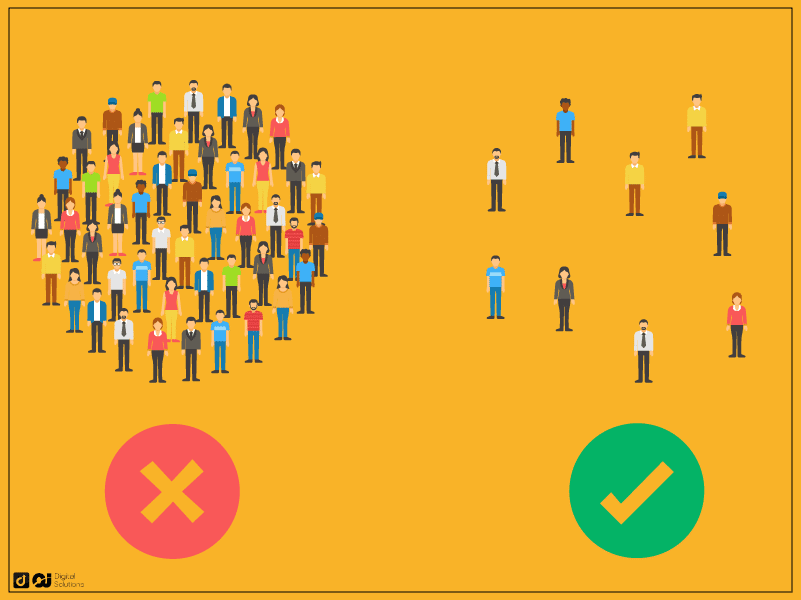
It’s challenging to sell products in an oversaturated category. Sometimes, your online store will suffer no matter how much you differentiate if there are too many competitors.
So, it’s best to sell products in undersaturated niches on your Shopify store. To find underserved product niches, here’s what you have to do.
Scour Through Ecommerce Marketplaces.
Conduct thorough research on ecommerce marketplaces like Amazon, eBay, or Aliexpress to identify potential underserved niches.
Try to find gaps in the market by determining products few sellers offer but are in demand with customers.
You want to look for products that are always out of stock. Chances are, those products have high demand but low supply.
Talk to Your Potential Customers.
Reach out to the people you want to sell to and ask them what products they want to buy but can’t find.
For example, if you’re going to sell to plant-loving homeowners, see what kind of garden supplies or tools they have a hard time finding online.
Analyze Competitors.
Look at your competitors and see what they’re selling and what categories you can complement.
If your competitors mainly sell phone cases for women, you might have more luck selling phone cases for men.
Test, Test, Test.
Sometimes, the niche-finding game involves trial and error.
Try different niches and see which ones you make the most sale off and focus on those.
Continuously iterate and improve your product line until you find underserved places to focus on when selling online.
Create Lead Capture Flows.
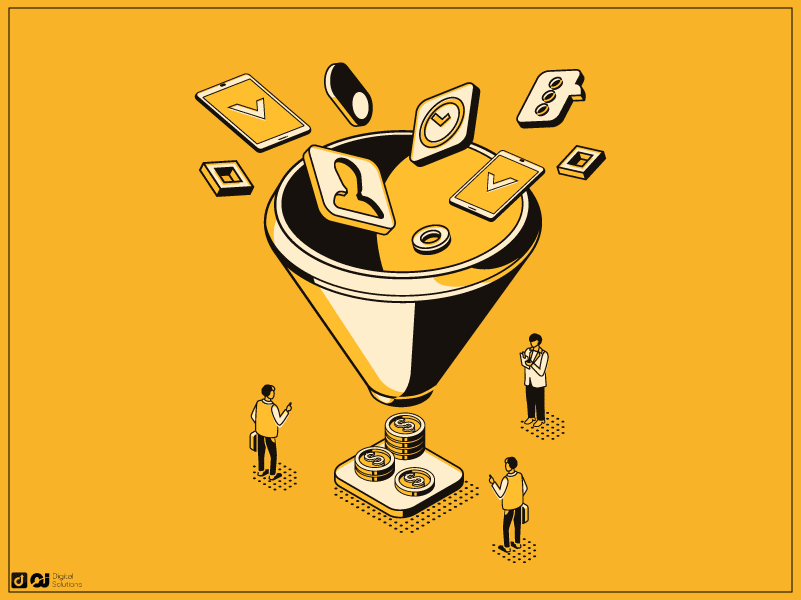
61% of marketers say that finding leads is their number one problem. If you can crack that code, you should have more luck getting more sales for your Shopify store.
A lead capture flow should help you do just that. This tool attracts and captures leads by giving them valuable content, discounts, or anything they might exchange for their contact information.
You’ll need to build a sales funnel to create a lead capture flow. Identify the stages of your funnel and how you’ll engage your leads at that level.
You will then need to decide what content you’ll provide your audience in exchange for their information. Use a system like Leadpages or Clickfunnels to capture your lead’s email or phone number.
You’ll want to connect your lead capture mechanism with an email sequence that will upsell products to your leads. This way, your store generates passive revenue.
You can also change offers or try other lead magnets to optimize and improve your flow.
Simplify Your Checkout Process.

If your customers have difficulty ordering from your Shopify store, they may leave your website and never return.
The checkout process is arguably the most crucial customer experience in your ecommerce store. Too many times, Shopify stores scare off paying customers because their checkout page is too complex.
Here are some possible issues that could make your checkout process complicated:
- You have too many unnecessary fields.
- It takes too many steps to get to the checkout.
- People don’t see their order summary.
- You don’t provide enough payment methods.
Simpler and more seamless checkout processes will lower the likelihood of someone leaving your Shopify store in frustration.
But if your checkout process is easy and pleasant, you’ll give your buyers a positive customer experience and convince them to make the purchase.
Create Optimized Product Pages.

Learning how to increase sales on Shopify depends highly on how you present your products. If you compellingly present them, you’ll get more customers.
The best place to give your customers a good idea of your product, its unique selling points, features, and benefits is through the product page.
Your product page should become a sales magnet if you do the following:
- Optimize your product descriptions.
- Add high-quality pictures.
- Include social proof elements like star ratings and testimonials.
- Put a drop-down that will upsell a bundle at a lower price per item.
- Add related products for cross-selling and increasing your average order value.
Create Email Marketing Campaigns for Your Online Store.

Email marketing is one of the most powerful forms of content marketing. Its return on investment can go as high as 42 times the marketing spend.
You can leverage email marketing for your Shopify store by creating email marketing campaigns every time you want to do any of these things:
- Market new products.
- Promote seasonal sales.
- Inform customers of restocking on high-demand items.
- Send out special offers.
- Announce online events.
- Announce new partnerships.
- Send wishlist reminder emails.
You should also consider running a regular newsletter to remain a top-of-mind option for customers.
Your email marketing efforts will go a long way if you stay consistent, so commit to sending email campaigns frequently once you start.
Some tools you can use for your email marketing campaigns include the following:
You can hire a copywriter to create your marketing emails or start learning to write well. You’ll also need to make occasional graphics in your marketing emails.
Offer Seasonal Sales, Discounts, and Point Systems.
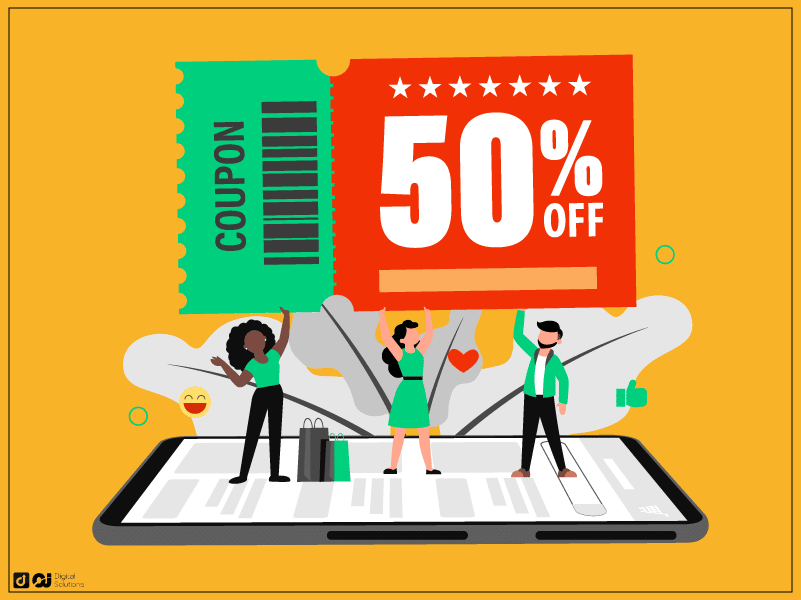
Store sales are a great way to increase sales on your Shopify store. They attract buyers by incentivizing them to buy from you during a special occasion or holiday.
Business owners can observe how powerful this tactic can be during seasons like Thanksgiving or Christmas.
People are more willing to spend during these times, so offering discounts should attract buyers or get existing customers to buy again.
You can offer a discount code or schedule a price drop on your Shopify store to run a sale. Deliver your discount code via an email capture system to capture your potential customer’s contact details and market to them again.
Another excellent strategy is to offer discounts and special rates through a customer loyalty program.
Determine which of your existing customers buy from your store regularly and reward them with discounted rates while they remain in the customer loyalty program.
There are great Shopify apps that help you manage a loyalty program. My personal favorite is Smile, which lets you send loyalty emails and a points system when people order from your store.
Use SMS Marketing to Increase Conversions.
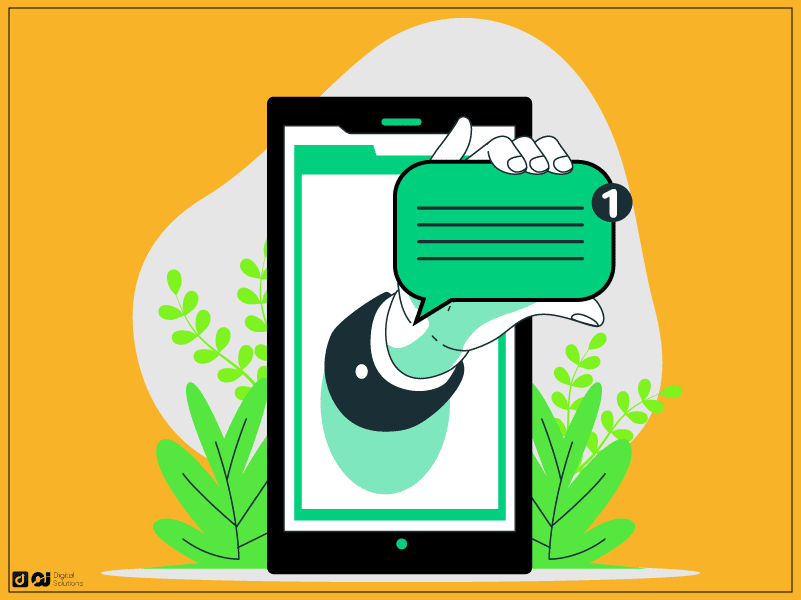
SMS marketing is another strong sales channel for your business. One out of every three customers will check an SMS after receiving a text notification.
You can use SMS marketing tools to send updates, push notifications, and reminders to your Shopify customers.
If you’re running an email marketing sales channel for your store, check if it offers SMS marketing so you can manage both efforts on one platform.
Klaviyo and ActiveCampaign are two available options to carry email and SMS capabilities.
Develop an Abandoned Cart Email Sequence.
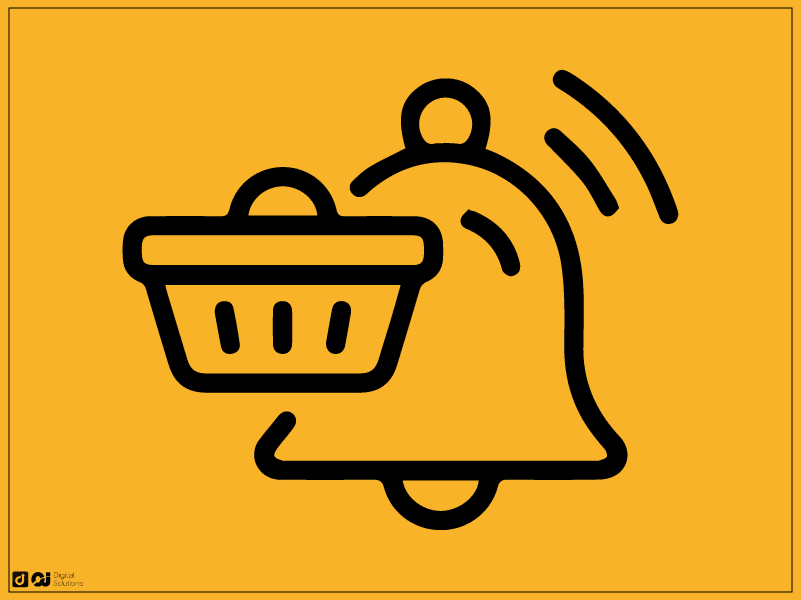
Did you know that not everyone who reaches your Shopify store cart will continue with their purchase? The average rate of potential customers that abandon their carts is close to 70%.
So, you would be leaving a lot of money on the table by not having an abandoned cart email sequence to win back potential customers.
Abandoned sequences often get delivered via email or SMS. They remind potential buyers of their carted items and convince them to revisit the transaction.
You can do that with compelling copywriting, an incentive like a win-back discount, or both.
Any email marketing app or tool can set up an automated abandoned cart sequence. After a specified period, the program will send a string of emails to cart abandoners.
Create a Social Media Following.
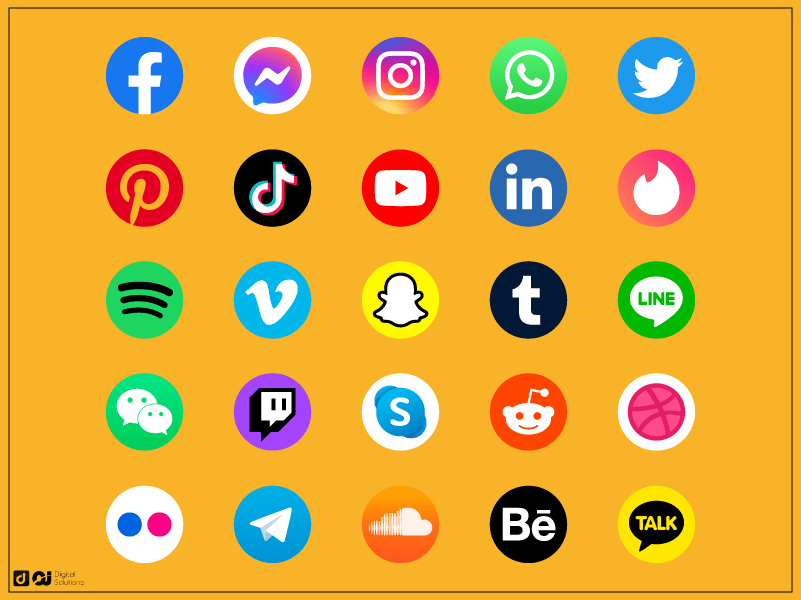
Social media is excellent for getting new customers because people are constantly on them.
Most businesses will benefit significantly from social media channels, especially since it costs nothing to create a social media account and post promotional content.
Some channels you should include in your social media marketing strategy are:
- TikTok
You can post different types of content to engage followers and promote your products. Here are some examples of social media content to post:
- Create beautiful promotional graphics to showcase your products on your social media channels.
- Post Facebook and Instagram Stories to get viewers.
- Create short Facebook and Instagram Reels.
- Upload tutorial videos that educate your followers about a subject you’re an expert in. For example, an online makeup store owner can post makeup tutorials on YouTube or Facebook and mention their product lines in the video.
- Add links to your store on your bio or timeline.
- Post your products and content on Facebook groups that might be interested in your brand.
Use Search Engine Optimization to Boost Traffic.

One of the best tips for getting sales on Shopify is leveraging the power of search engines.
People search for products all the time on Google. You could get considerable organic traffic if you appear high enough on the search results.
Appearing on high-competition keywords might be hard to do since a search engine like Google has millions of resources to index. You can target specific long-tail keywords that your ideal customers might type in a search bar.
For example, instead of targeting “tennis shoes,” you can target a more specific keyphrase like “white tennis shoes for women.”
Add your keywords in strategic places, including:
- The product title
- The page meta description
- Your product page URL
- The product description
- On category pages
You can also create long-form blogs and include links to your products to convert search results into happy customers.
Try Facebook Ads.
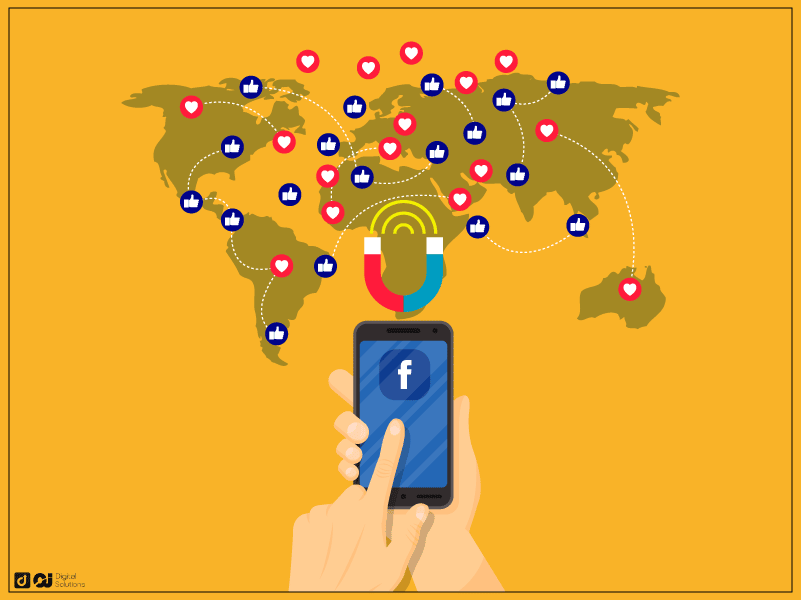
If you have a budget for paid ads, Facebook advertising should be part of your strategy. Facebook ads spending will reach $65 billion in 2023, showing how many businesses use them.
However, running Facebook ads is also highly competitive. You need to target your audiences well to excel at it. Create personas of your potential customers and target them with your ads.
You can also choose to target people based on their interests and the sites they’ve visited, generating traffic with high purchase intent to your store.
Measure the return on ad spend of all ad campaigns you run on Facebook.
Those campaigns aren’t worth continuing if they don’t multiply your ad spend. Pour more resources into the ad campaigns that convert and test other ideas.
Run Google Ads.

Besides Facebook ads, Google PPC ads are great paid advertising channels to test out if you want to get new customers or increase Shopify sales.
Google ads are an effective paid strategy to drive traffic to your store. That’s because millions of people use Google to search for things every day, including products they want to buy.
Much like SEO, Google ads target specific keywords. The main difference is you don’t have to wait a long time to get indexed and rank higher on a search page. You can immediately appear on the first or second page as a sponsored ad.
Take note, however, that competitive keywords will cost more per click. Thus, targeting low-competition keywords is best, so you don’t burn your entire Google ads budget on poorly performing campaigns.
Offer Free Shipping to Loyal Customers.
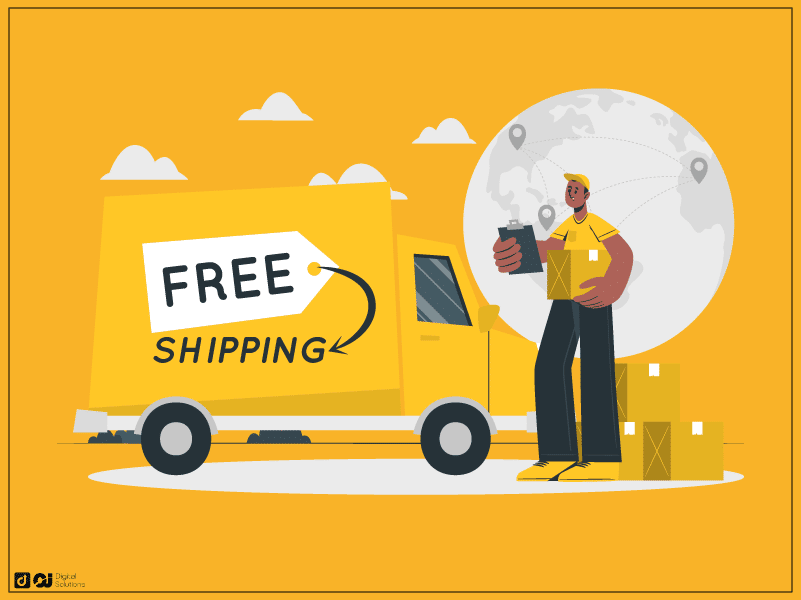
Another tip on how to make sales on Shopify is to offer free shipping, especially to people who have continuously stayed loyal to your brand.
It’s a fact that 90% of customers will shop more if a store offers free shipping.
The trick is to balance profitability and customer acquisition. You want to get more sales, but you also want to make a profit.
You can offer products with high profit margins to include free shipping. That way, you have some leeway to provide free shipping to customers.
You can also offer free shipping after a designated number of purchases. For instance, shipping will be free upon the customer’s third or fourth purchase.
This strategy will help you increase your customer’s lifetime value and encourage repeat purchases.
Another strategy is to award free shipping to people who reach a specific cart size to increase the average order value in your store.
For example, you can start offering free shipping once a customer spends $100 or more on your online shop.
These are a few ways to offer free shipping without affecting your profit margins. If you can balance those two factors, you could have a very profitable strategy.
Build an Upsell to Existing Customers.
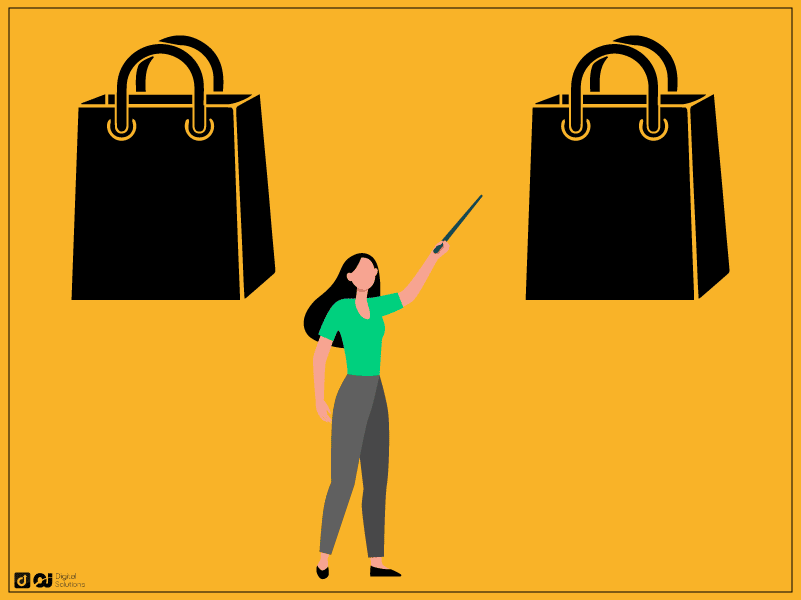
Most likely, you offer multiple products on your Shopify store. It’s also likely that most of your clients have yet to try all of them.
So, you can increase sales on your Shopify store by upselling your other products to existing customers.
The simplest way to do this is to add a Related Products section under your Shopify product pages.
A more aggressive way to upsell other products is to put a prompt during checkout. Use tools like Checkout Upsells & Order Bump to offer your customers adjacent products before they complete an order.
You can also upsell other products through an automated drip email campaign through Klaviyo or ActiveCampaign.
Use Social Proof to Your Advantage.
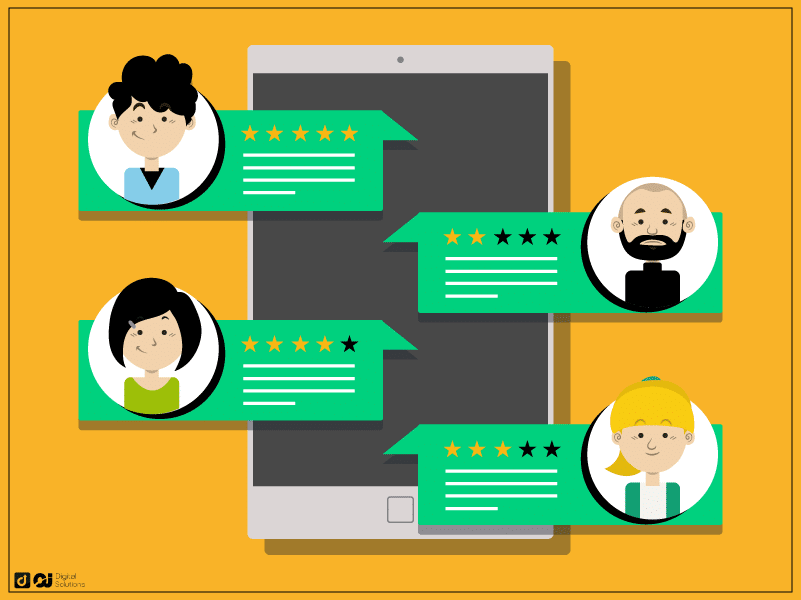
One proven way to build brand trust, which will increase sales in your Shopify store, is to add social proof to your website. This includes testimonials and user-generated content from previous buyers.
Human beings depend highly on social validation. They want to see other people’s opinions about a product or service before committing to buy.
To leverage this, ecommerce stores should include testimonials on different parts of their website and other sales channels. You can include them on the:
- Product pages
- Category pages
- Checkout pages
- Home pages
- About pages
- Email follow-ups
- Social media accounts
Try collecting more testimonials from customers by sending them an email or message after they receive their orders.
Create Chatbots on Your Store.
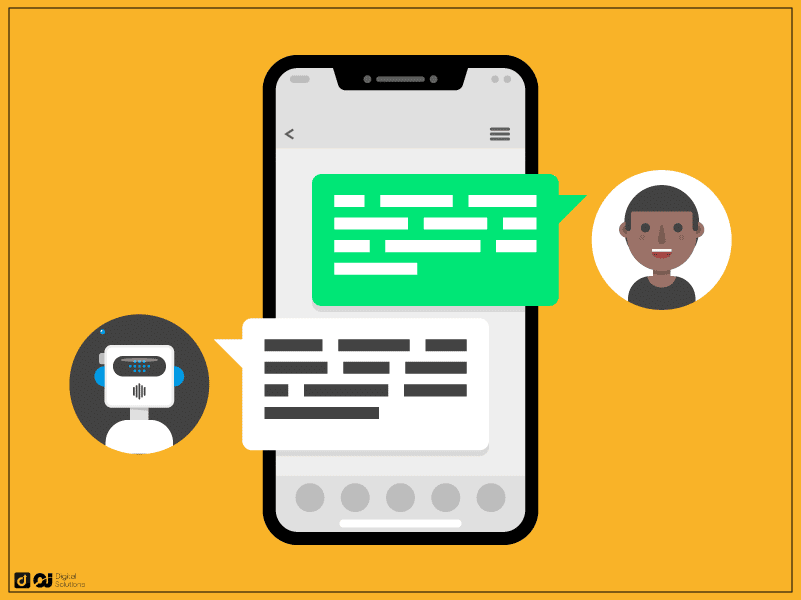
Live chats are excellent opportunities to increase conversion rates and grow sales on your online store. However, maintaining a chat channel can be taxing, especially for solopreneurs.
To solve this issue, you can install a chatbot that will take care of a significant chunk of your incoming sales queries.
Put together a list of your most commonly asked pre-sales questions and create a chatbot to answer those questions. You can use tools like the following to create those chatbots for your online store:
Create an Affiliate Marketing Program.
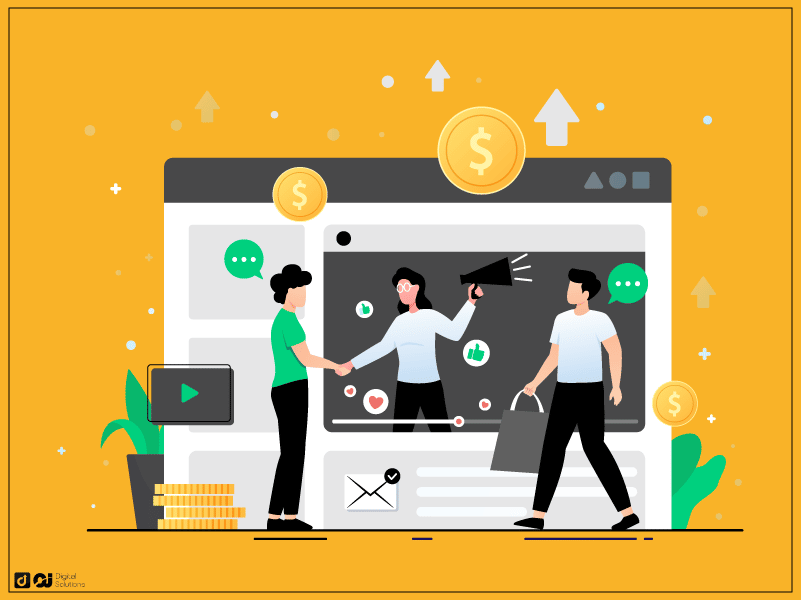
Affiliate programs are a form of influencer marketing that encourages other content creators, businesses, or individuals to share and promote your store in exchange for a percentage of a sale.
They leverage word-of-mouth marketing by allowing you to tap other people’s networks to increase sales.
An affiliate marketing system helps track sales using cookies to mark any referral sales and give a commission to the buyer source.
You can use tools available on the Shopify App store to automate an affiliate marketing system.
I highly recommend LeadDyno because it offers all the barebones features you need to maintain an affiliate marketing system.
Improve Your Images.

Using stock images or poor-quality photos on your website won’t likely convince your target audience to shop with you.
Visuals play a crucial role in purchasing decisions. Many people base their purchase decisions on a product’s photos. So, improving your product images will increase your sales immensely.
You might consider hiring a professional photographer to take great product shots for your online store. Otherwise, you can take photos, but use a great camera to improve quality.
Using lifestyle shots with models can also improve your store’s visual look and give people an idea of your products’ appearance in real life.
This tip works best for products in fashion and apparel but can also work well with makeup and other lifestyle-based niches.
Upload high-quality images, but ensure they’re not too heavy, which could affect your website’s speed. Compress your images with a tool like Squoosh.app to have high-quality photos with lighter file sizes.
Optimize Your Copywriting.

Sometimes learning how to get more sales on Shopify depends highly on your mastery of the written word.
Copywriting is an essential part of the sales process, so it helps to focus on what you say and how you say it.
Effective copywriting helps increasing sales and should reflect all across your sales channels and platforms, including the following:
- Product descriptions
- Home page copies
- Sales page copies
- Social media posts
- Emails
- Push notifications
- SMS messages
- Holiday offers
- Blogs
- News publications
- Press releases
- Your own store page
If you’re not too confident in your copywriting skills, find a good copywriter that is experienced in ecommerce marketing on websites like Upwork or Fiverr.
But if you prefer to do it yourself, you can invest in a good copywriting course. You can also check out resources like Copyblogger to learn how to write better sales copy.
The Bottom Line
Hopefully, you’ve learned how to generate sales on Shopify with these 21 proven strategies.
Many of these strategies are easy enough to start right away. Some might take more research and learning.
Don’t be in a rush to try out all of them. Pick the top two or three strategies and implement those first. Then you can see which ones bring you the best results.
If you want to know more about boosting your profit margins, check out my article on how to make money on Shopify.

